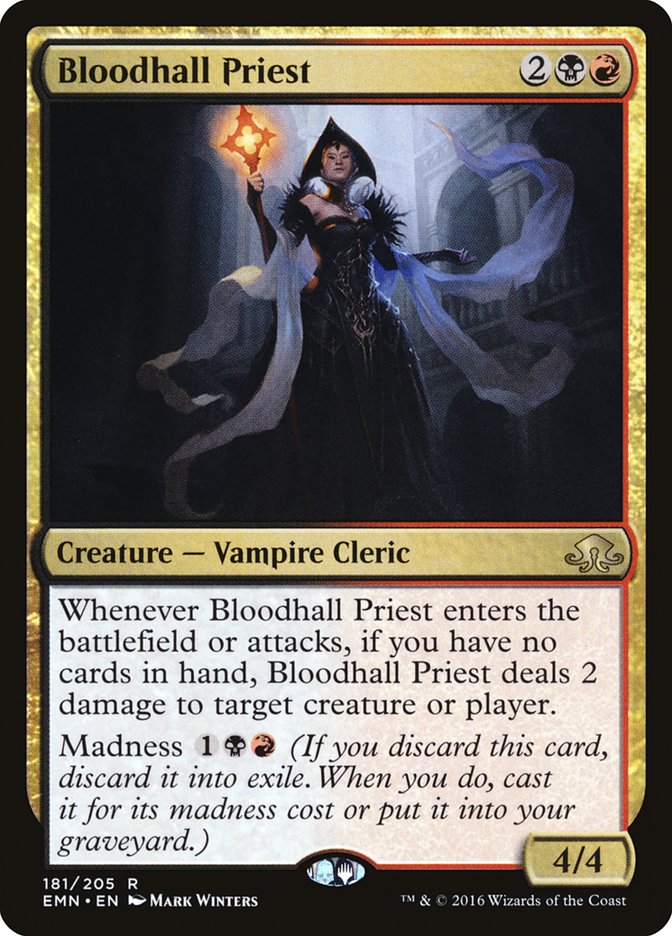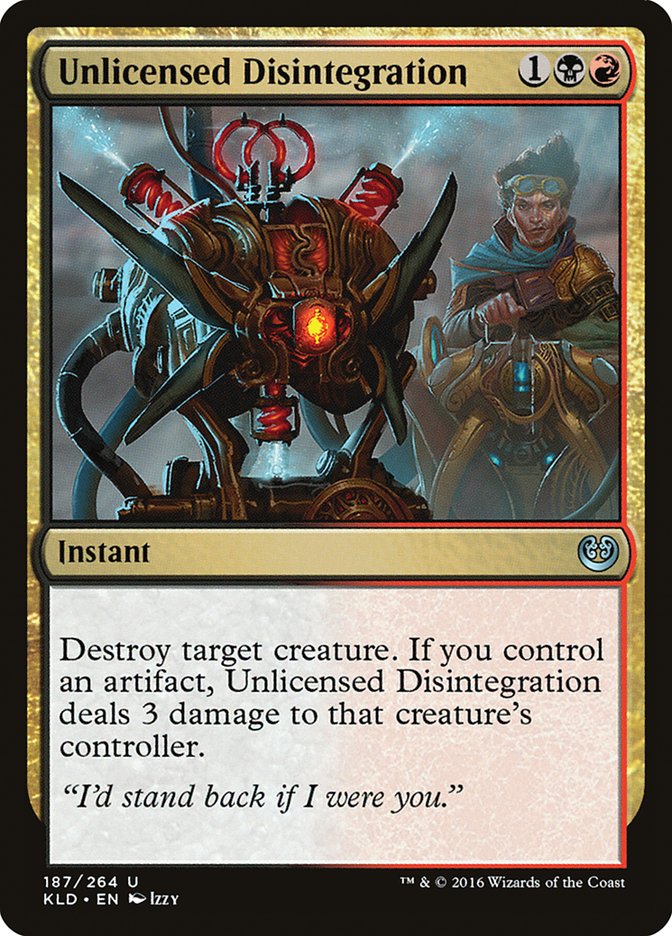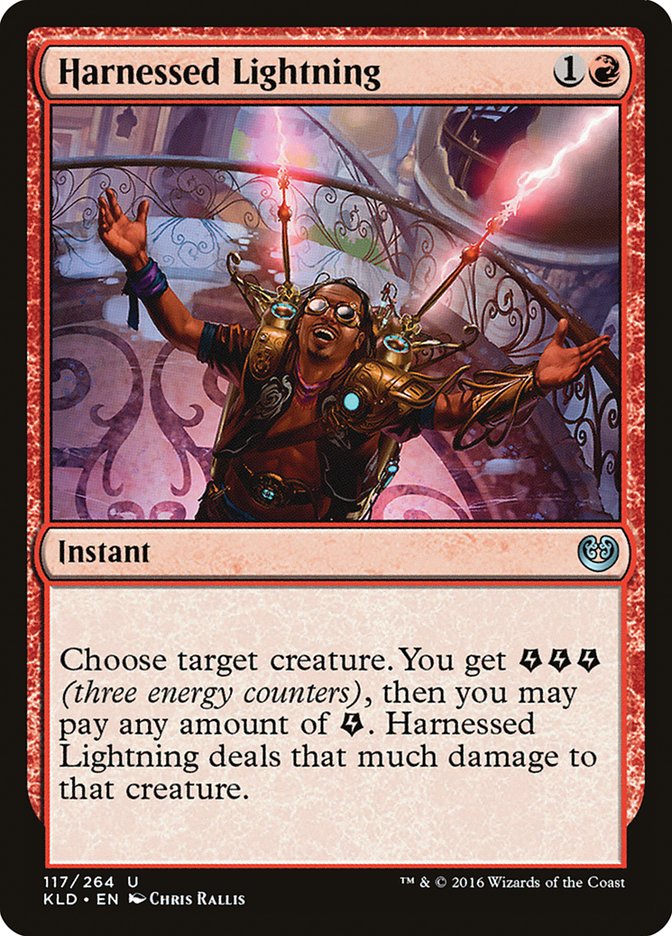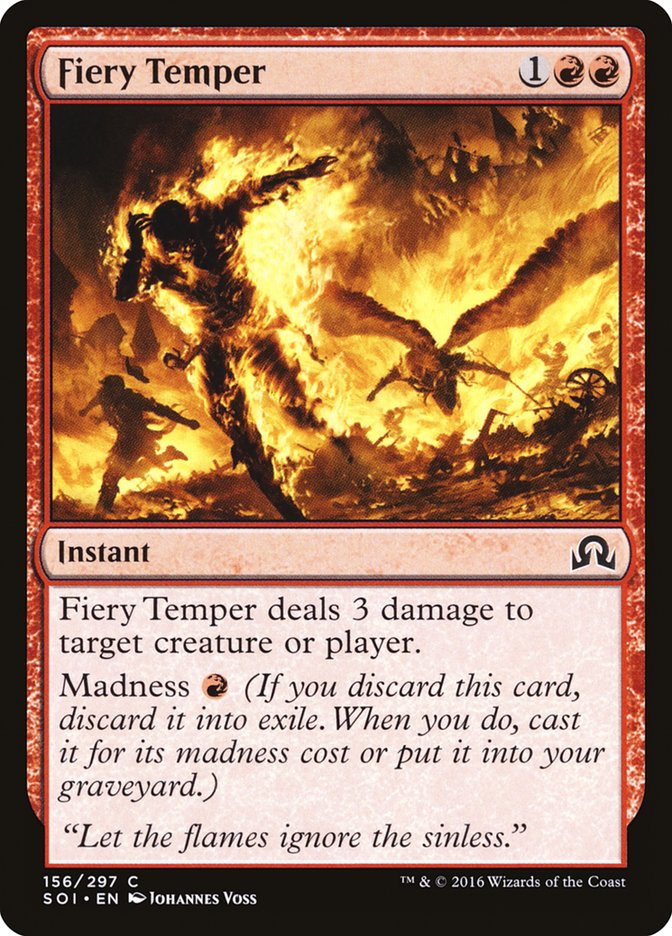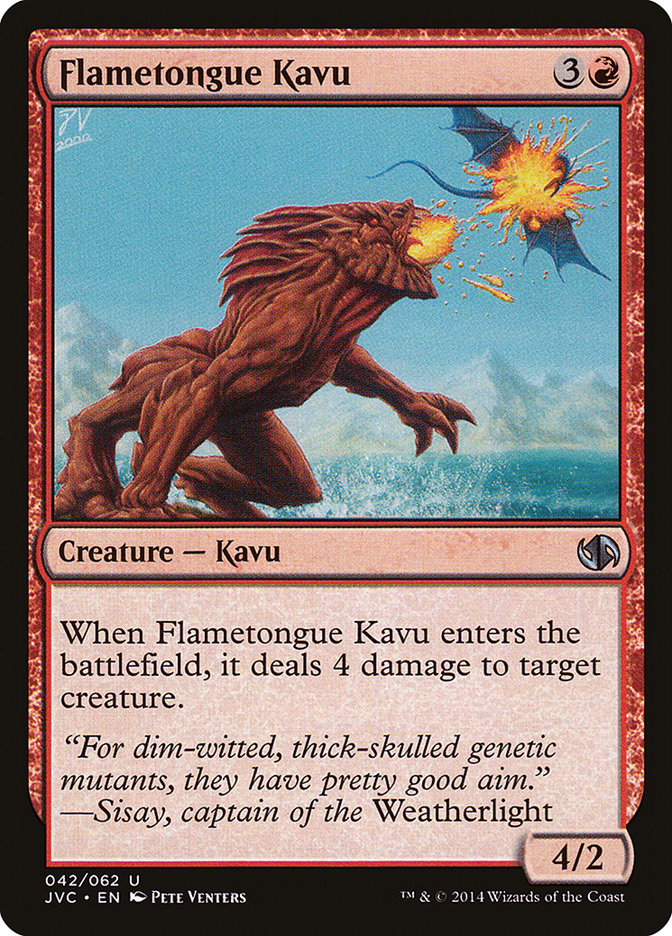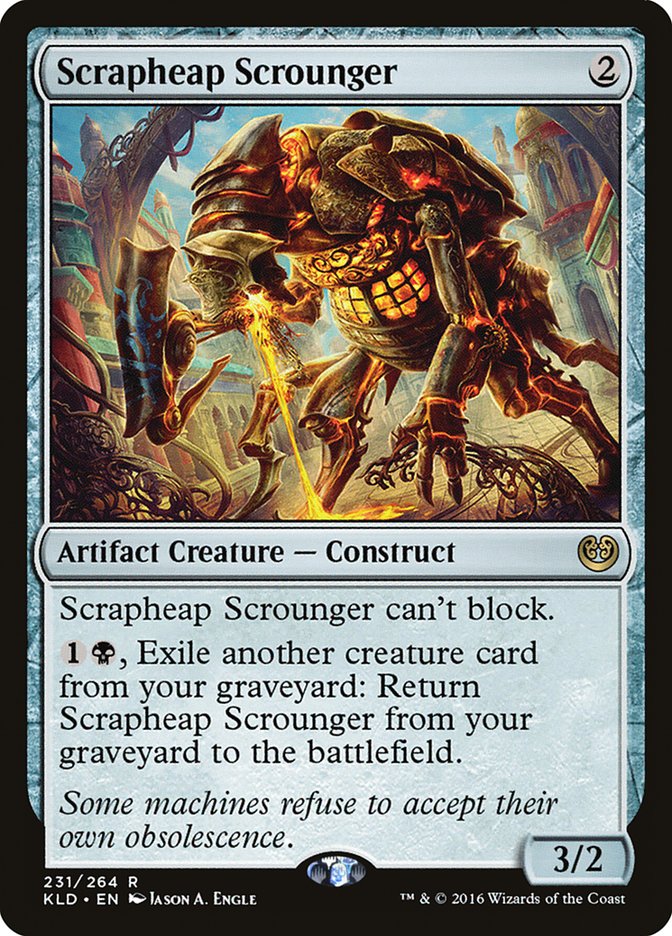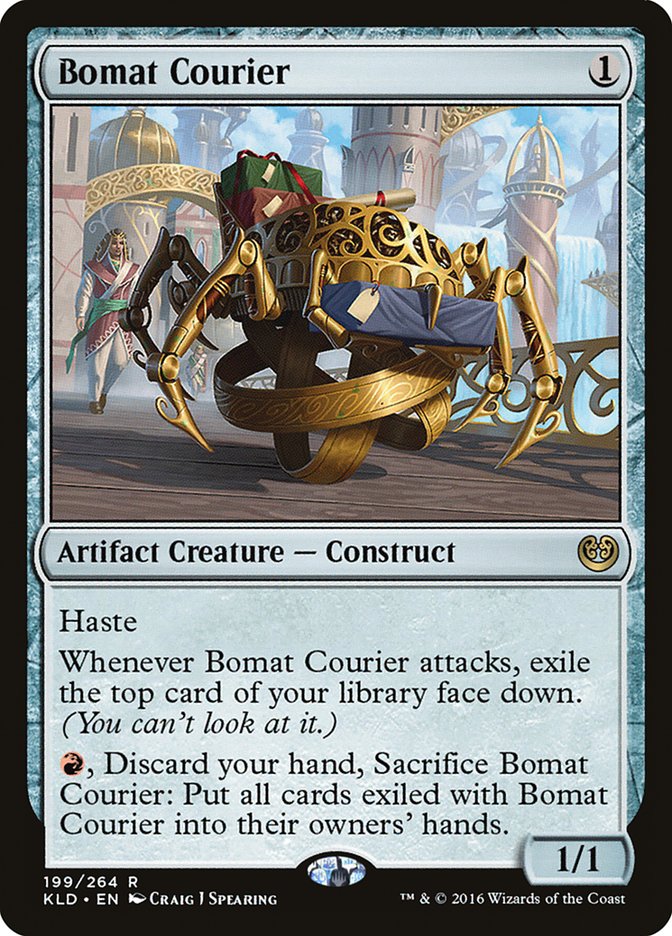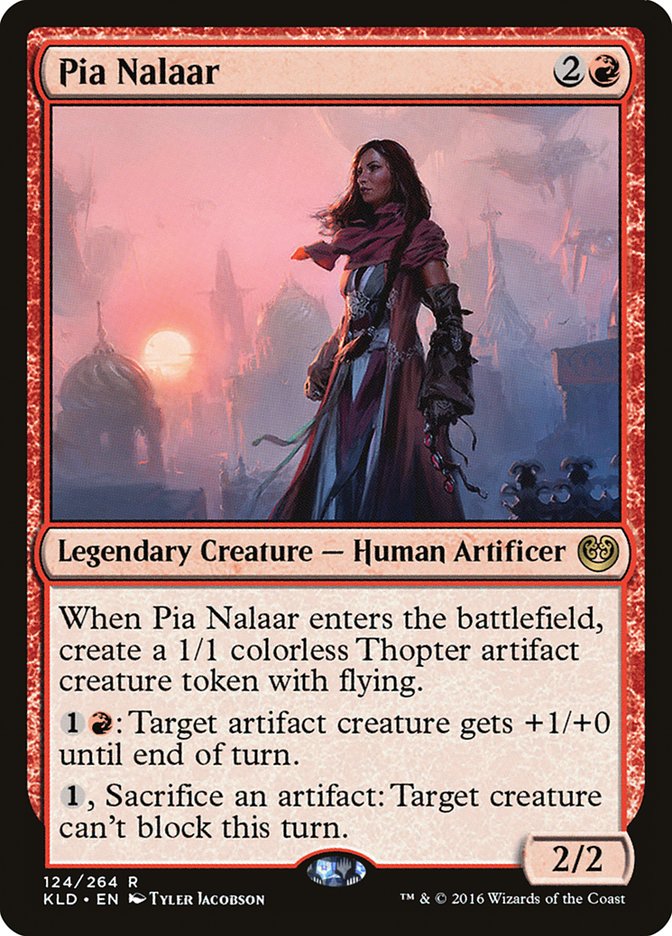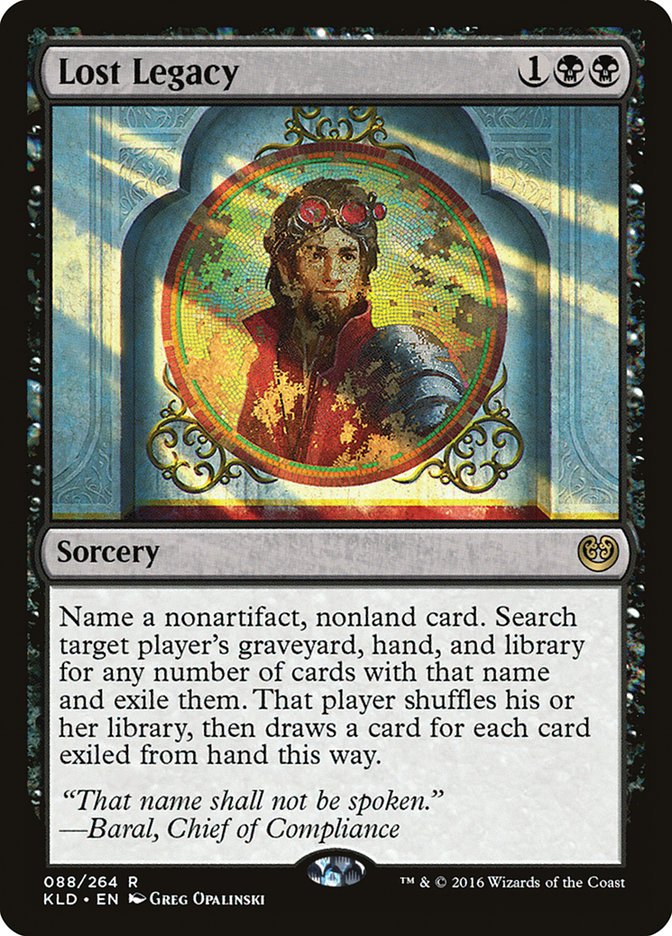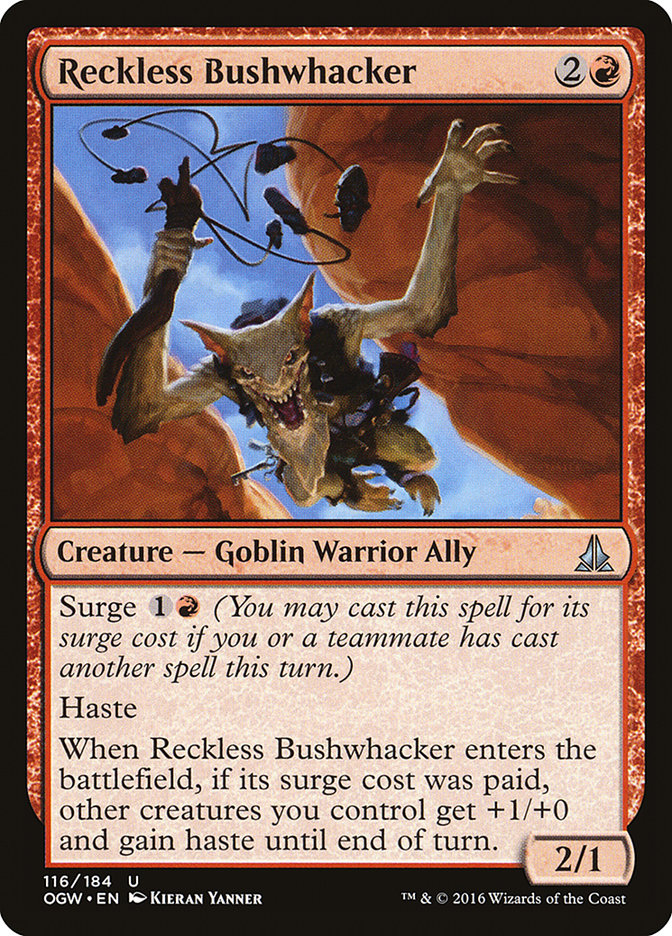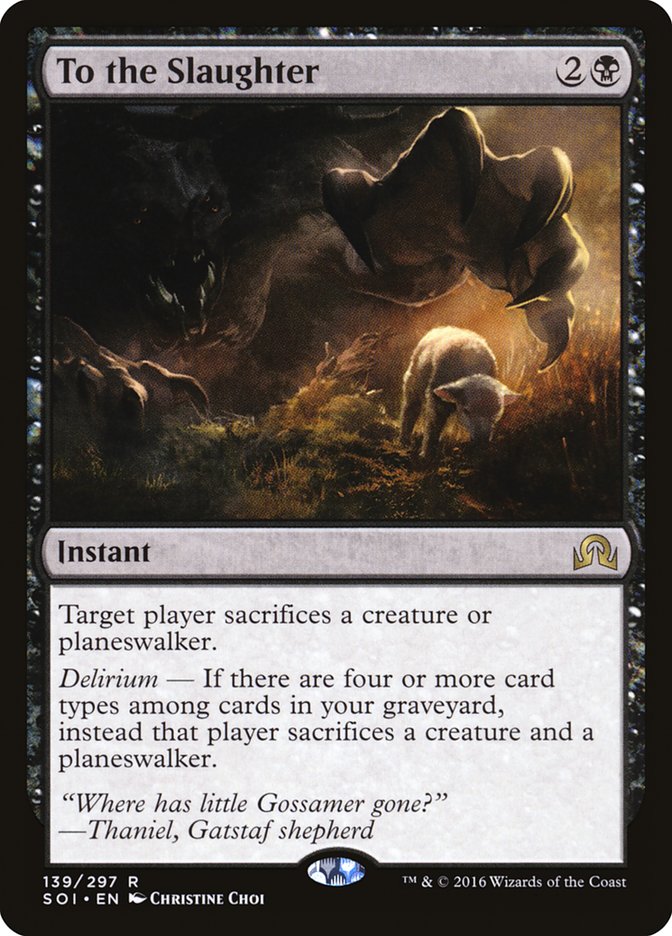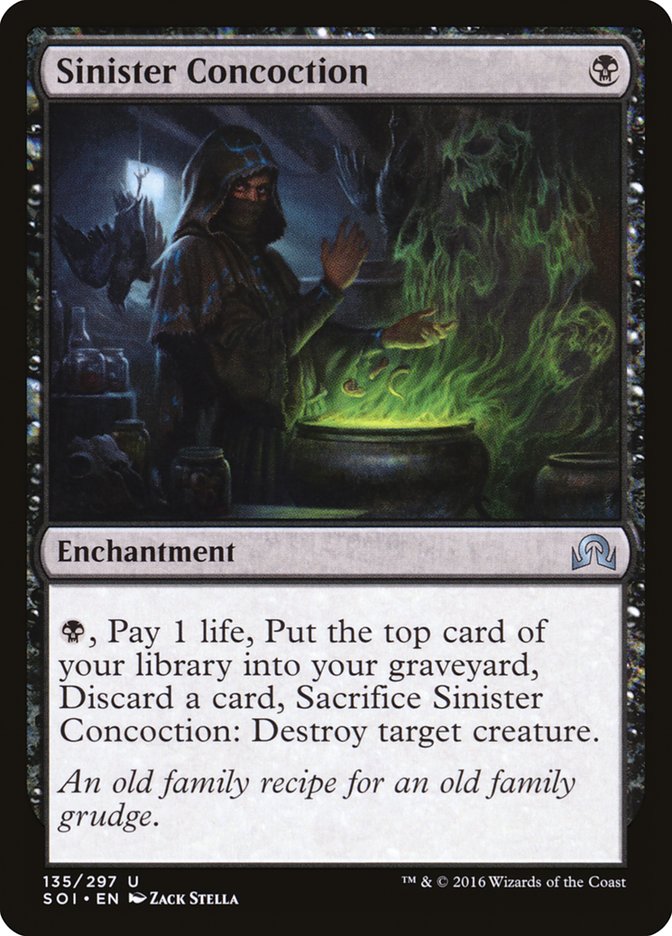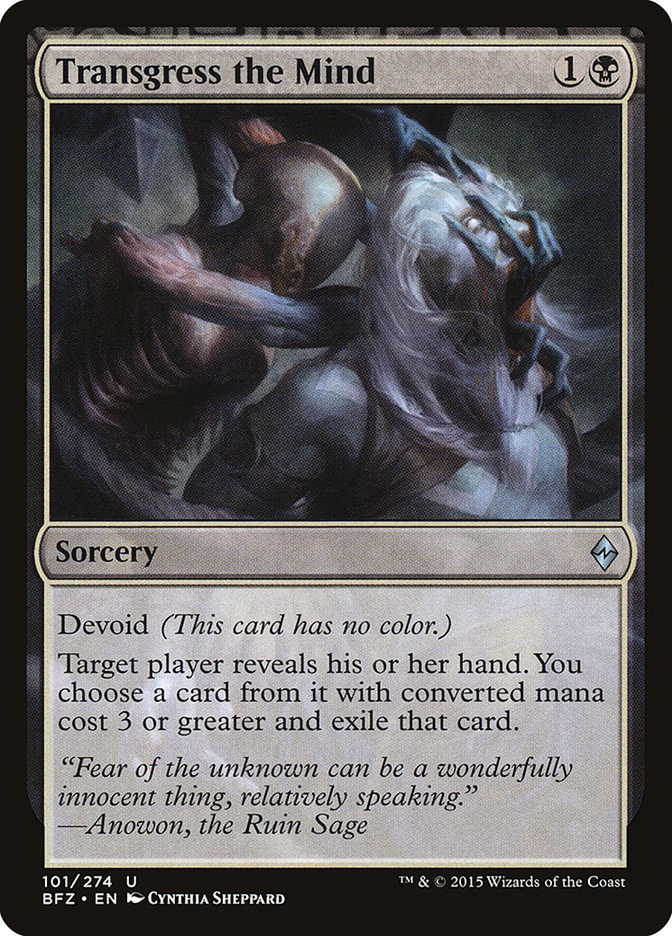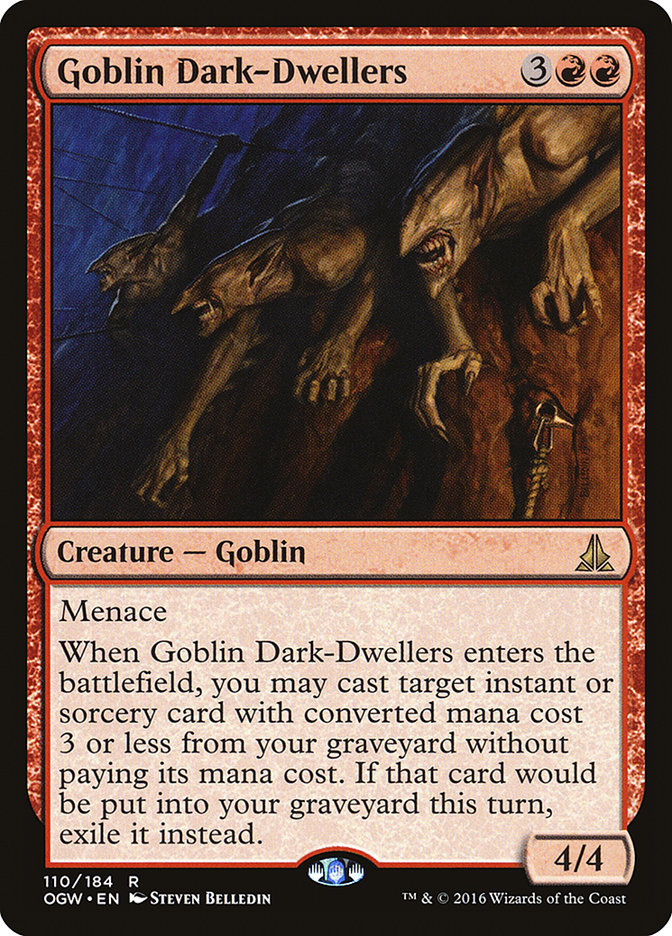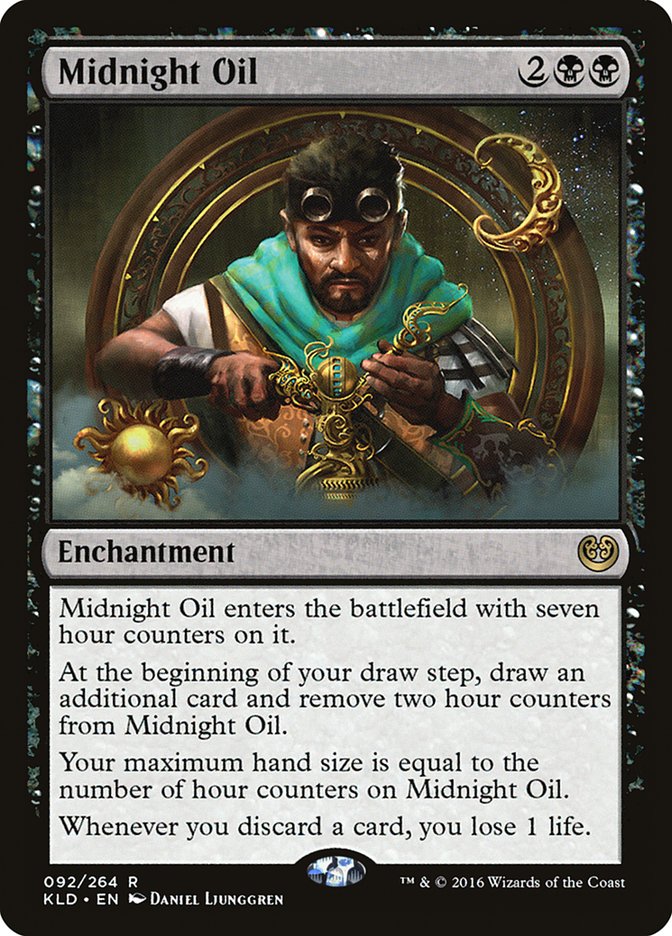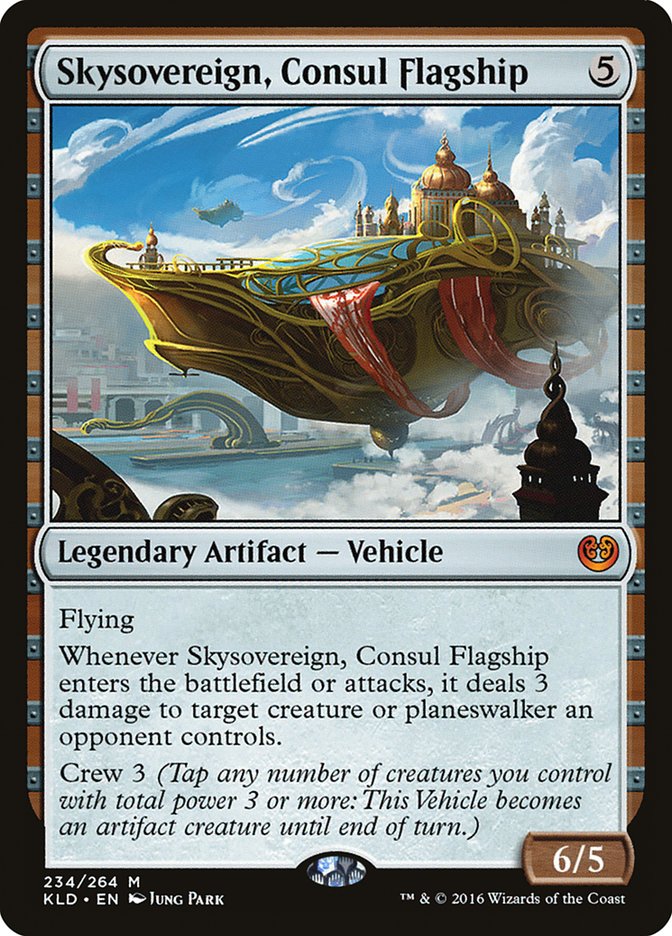The best deck very few people are playing is R/B Aggro.
I’m currently visiting Seattle for Thanksgiving and am heading to Grand Prix Denver after that. I only brought one deck with me, and that’s R/B Aggro. I’m definitely playing it at the Grand Prix, and I’m very happy with my decision.
Why Aren’t People Playing R/B Aggro?
I think the answer is simple.
While Gideon, Ally of Zendikar is heralded as one of the best cards for aggro and midrange, if not the actual best, it’s kind of a trap right now.
Gideon is great. It’s one of the most punishing cards in Standard, especially if you’re on the play. It’s difficult to remove without attacking it, and most white decks pair with red for efficient removal to make it easier to protect. Either way, they definitely have a bunch of blockers, including the incredibly efficient Thraben Inspector.
The best way to remove Gideon is to attack it, and the best decks in the format are warping around that. There’s very little wrong with keeping your Gideons and trying to make it work, and many people are doing just that. However, I no longer think of Gideon as a sacred cow. Too many games spiral downward once your Gideon gets removed or rot in your hand because their battlefield position is better than yours.
Once you’re willing to get away from Gideon, your options open up immensely.
Is Moving Away from Gideon Worth It?
So maybe Gideon isn’t the end-all, be-all anymore. That doesn’t mean that if you continue playing it, you’re going to lose. It’s still quite good. Even though it has downsides, does that mean you should automatically stop playing it? Absolutely not.
As I said, I don’t think Gideon, Ally of Zendikar is a card you need to play anymore. From exploring other decks, such as R/B Aggro, I’ve found a number of cards that can provide something comparable to what Gideon provides. Overall, I don’t think I’m losing out on much. So the question becomes, “Is what I’m losing out on worth what I’m gaining?”
Obviously the answer is yes; otherwise I wouldn’t be here.
Bloodhall Priest is the main pickup, at least in terms of a Gideon parallel. While it’s more vulnerable to spot removal like Grasp of Darkness and Unlicensed Disintegration, most threats are going to die to those. It’s not that uncommon for those removal spells to push through enough damage to take out a Gideon either.
It’s a big threat, arguably undercosted, and has the potential to provide value in the short- or long-term. Combined with Key to the City, it provides a powerful engine and threat.
Bloodhall Priest is the reason why R/B Aggro is misunderstood. At times, it’s a beatdown deck, but there are many more games, especially after sideboarding, where the R/B deck can grind out its opponents. In order to be successful, you have to attempt the tricky maneuver of being able to play both ways.
Harnessed Lightning is a fantastic card, one that wouldn’t be ludicrous to play in R/B Aggro. When you’re firing on all cylinders, Fiery Temper is a much better card, since it can help close games and it’s not difficult to find a madness outlet by the time you’d want to cast Fiery Temper anyway. If anything, your removal suite improves as a result of not playing white.
The biggest argument for being R/B is the mana. When the biggest worry of your manabase is whether or not your two-color lands are going to be totally unconditional, you’re in a decent spot. Additionally, there’s no reason to be concerned about your fourth land entering the battlefield tapped when you really need to cast Gideon on curve.
Overall, there are a bunch of minor upgrades, but they’re also very important to the big picture.
The Specifics
R/B Aggro exploits various synergies between artifacts and madness cards. It’s not a deck that has enough synergy to overpower better strategies, but when your deck is operating at its full capabilities, you’re able to play with Lightning Bolt, a three-mana 4/4 super Flametongue Kavu, and several ways to filter through cards and play the long-game.
The goldfish isn’t as fast as Mardu Vehicles, but with your gameplan, that’s not entirely important. In some matchups, like against the Aetherworks Marvel decks, that’s going to matter, but it’s also acceptable to some degree. None of your sideboard plans involve trying to kill your opponent as quickly as possible. In fact, many of your sideboard plans involve trying to be the control deck, or at the very least shifting your focus into a grindier plan.
Most games involve applying early pressure with Inventor’s Apprentice, Scrapheap Scrounger, and Smuggler’s Copter. Those will inevitably be dealt with or invalidated, at which point you need to shift gears. Key to the City pushes you past Spiders and Knights. Bomat Courier, Key to the City, and Smuggler’s Copter help you find specific cards. Fiery Temper or Unlicensed Disintegration can remove blockers or finish off a weakened opponent.
Bloodhall Priest ties each plan together. It can act as a large blocker, a flash threat to keep W/U Flash honest, or a way to control the battlefield or deal those last couple of life points.
There’s also a potential for a late-game push with Pia Nalaar and various artifacts, including Scrapheap Scrounger.
One of the reasons I like R/B is because of how much reach the deck has. It has the best removal and disruption, and cares very little about a clogged battlefield.
R/B Aggro is a multi-faceted deck, capable of shifting game plans on the fly if necessary. This type of deck is among my favorite archetypes to play, and right now, it’s a viable option.
The W/U Flash matchup is quite good, but R/B can suffer against B/G Delirium and G/R Aetherworks Marvel. Still, those matchups are winnable and are the matchups where I have the most to gain by slightly tweaking my deck.
B/G Delirium is tricky because their deck, like mine, is multi-faceted. It’s not as simple as throwing a couple of hate cards into the sideboard, because no such thing exists. One thing we can fix is the matchup against the most powerful deck in the format.
The Marvel matchup is tough, but the onus is on them to generate energy, resolve Aetherworks Marvel, and hit something big. Sometimes they brick once and that’s all you need. If they do hit, you’re usually dead, at least in Game 1.
Thankfully, you have some plans. They aren’t perfect, but they really do help combat Marvel’s best draws.
Of the various plans, Lost Legacy is probably the most effective. You can grind through Ishkanah, Grafwidow but Emrakul, the Promised End is the real issue. They are going to sideboard around Lost Legacy as best they can by bringing in additional fatties, but World Breaker rarely solves the issue. Ulamog, the Ceaseless Hunger is decent for them, but it’s much easier to beat than Emrakul.
If I wanted to beat Aetherworks Marvel and didn’t care about beating control or midrange, I’d certainly register Lost Legacy.
Another option for Aetherworks Marvel is to go under them, which Reckless Bushwhacker facilitates rather well. If I wanted to go in on the Bushwhacker plan, I’d want access to more one-drops, but the plan is still solid. It’s going to give you a faster clock, which should be enough to beat most of their draws.
Reckless Bushwhacker is a card I wouldn’t mind exploring more, but the go-wide strategies mostly line up poorly against B/G Delirium.
Since Emrakul, the Promised End is the main issue, you could just try to answer it. To the Slaughter is probably the best option, especially because you should be able to remove their Servant of the Conduit. Ishkanah, Grafwidow creates some issues with this plan, though. There are also games where you might not be able to keep mana open, and To the Slaughter is one of the most devastating cards to be holding when your opponent is about to take control of your turn.
Sinister Concoction is similar except it has fewer downsides. It’s even a card I would consider bringing in against W/U Flash and B/G Delirium. Lightning Axe is probably a better maindeck card, but it’s close.
With four Transgress the Mind, you end up in a lot of weird scenarios. Sometimes you draw too many copies and eventually whiff, or else you spin your wheels instead of adding to the battlefield and they beat you down with Grim Flayers.
There are also occasions when they don’t have the Aetherworks Marvel in hand but eventually draw it. Sometimes they have two Marvels and a single Transgress doesn’t do it. In those situations, having access to Goblin Dark-Dwellers is nice since you can double up on Transgress the Minds if you want. That situation typically comes up when you strip their Aetherworks Marvel (or they don’t draw it) and they’re building up to hard-cast Emrakul, the Promised End.
Honestly, I think I’ve run into more situations where I’ve felt Transgress-flooded rather than Transgress-screwed, at least against Marvel decks.
Most of the time, I prefer to build my sideboard with a little bit of everything in mind, so I don’t necessarily recommend building your sideboard with only your worst couple of matchups in mind. You’re going to want help against B/G Delirium, W/U Flash, and Mardu Vehicles too. To that end, Transgress the Mind seems like worthy of inclusion, if not an outright better option, at least in small numbers.
Given all that, here’s my (tentative) decklist for Grand Prix Denver:
Creatures (20)
Lands (23)
Spells (17)

Michael Majors insists on Cultivator’s Caravans somewhere in the decklist, and I could see cutting the fourth Pia Nalaar for a copy. Heir of Falkenrath is a card I’ve seen showing up in some decklists, and I could see adding another two-drop. Past that, I really like the maindeck and don’t expect to change much.
If you really want to grind, I like Midnight Oil out of the sideboard, but it doesn’t seem high-impact enough. Similar to Gideon, your opponent isn’t going to sit around and allow you to milk a four-mana permanent for value. I’d rather stick with Key to the City if you want a way to overwhelm your opponents while also digging for your high-impact spells.
Skysovereign is my “top-end threat that creates battlefield advantage,” and I’m fine with one copy. When you’re loading up on Galvanic Bombardments, the games are going to drag on a bit, and you have time to develop your mana and stick a larger threat. There’s no way I would play a bunch of them, but one is always fine to draw.
If you like how R/B Aggro looks and don’t want to play W/U Flash or B/G Delirium, I recommend picking it up for the SCG Invitational in Atlanta. It’s not your average aggressive deck. It’s difficult to play, but incredibly rewarding as a result of that. Of the decks in the format, R/B Aggro is one that I consider to be top-tier, even without the results of Flash or Delirium in its corner.
Atlanta and Denver are going to be fun.



